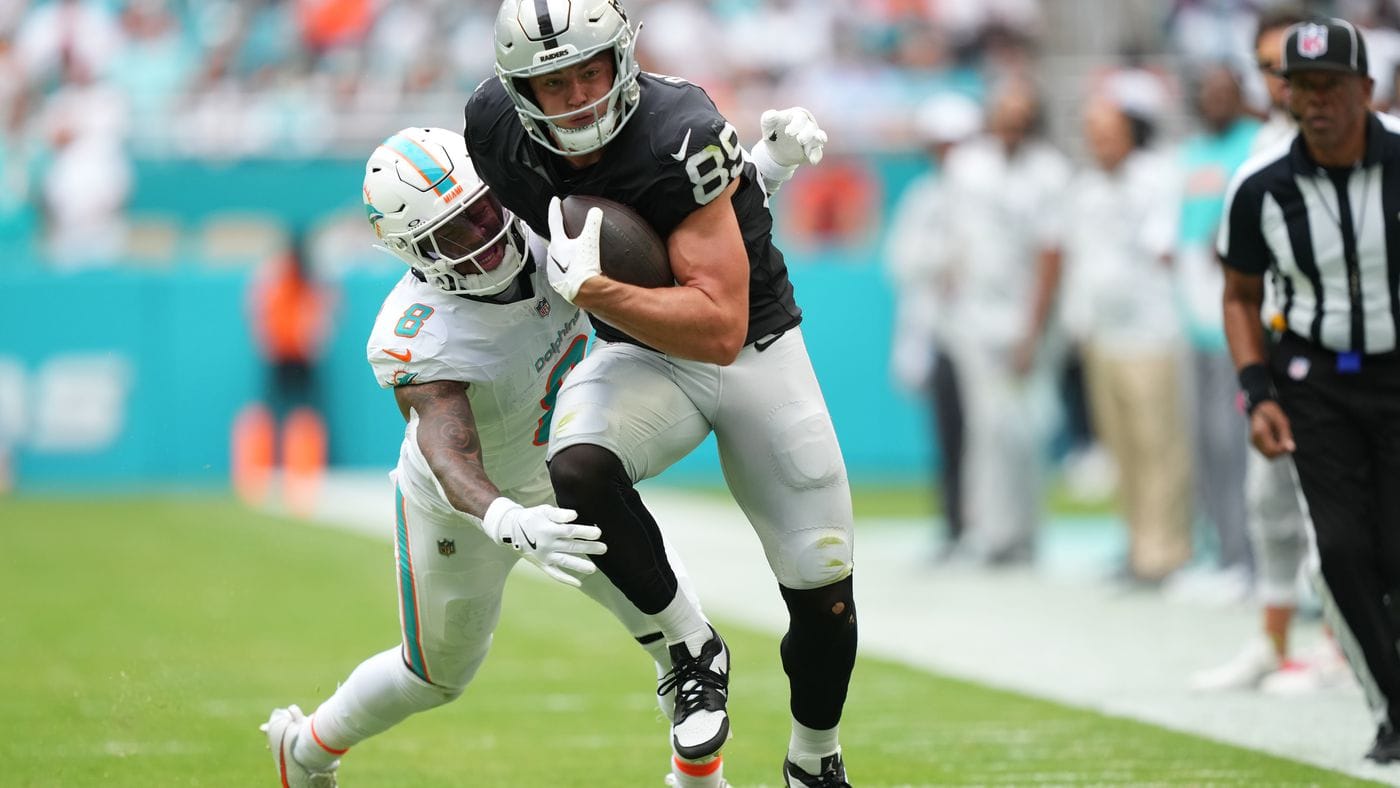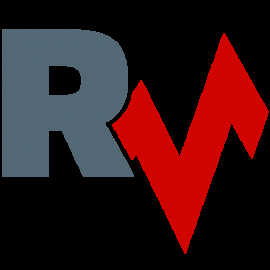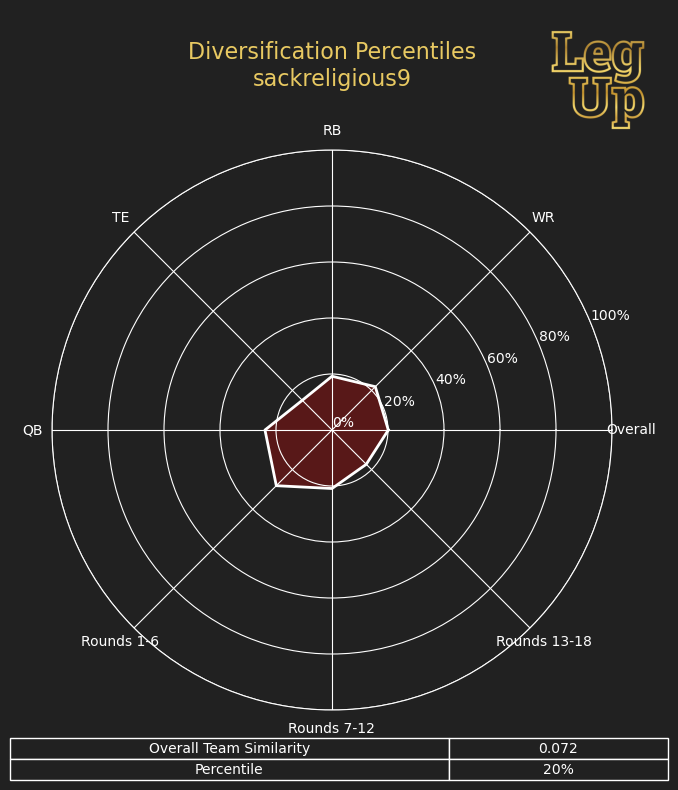
Kerrane's Early Summer Best Ball Draft Plan
As we fully settle into the 2025 best ball season, I'm increasingly leaning on one rule of thumb in my drafts: "what can I get later?"
As I'll detail in a full draft plan below, this simple rule of thumb is one of the ways I'm making sense of an ADP landscape that remains wildly different from traditional redraft leagues.
A Simple Framework for a Complex Landscape
When I was first getting started at RotoViz, we would delight in finding arbitrage bets on expensive players. Sometimes we (me) went too far.

Shawn Siegele has also long been an advocate of "back-to-front" drafting—planning out your draft by understanding the plays available to you later in the draft.
But while "what can I get later" as a framework is not revolutionary, the current draft landscape... kind of is.
WR prices are nearly as high as they were last year, despite a 2024 season that was largely a win for the RB position, a position that then got a major talent infusion from the deepest rookie class since 2017.
And yet... 2025 WRs are flying off the board at nearly the rate they did in 2024.
When I'm leaning on "what can I get later?" in drafts, I'm thinking less about player-to-player comparisons and more about pockets of player archetypes littered throughout the draft.
As a rule of thumb, "what can I get later?" is less about planning out specific draft targets and more about understanding where pockets of value exist within a wildly different draft landscape than we're used to.
The market has effectively put our "zones", "lines", and "cliffs" into a blender and cranked it up to max speed with the top off.
The dead zone still exists, but it's not in Round 4-7. Part of it is pooled on the countertop, and the rest is dripping off the refrigerator. "What can I get later?" is an attempt to assemble a coherent structural draft plan within the swirling chaos of modern best ball ADP.
Adapting to Your Draft Room
Over the years, there's been pushback against the basic concept of structural drafting.
- Just take what the room gives you, bro.
- Hey, guy, ever consider just drafting the best players?
- Imagine thinking "structure" is a good reason to fade Saquon Barkley behind the Eagles' offensive line.
- (Ok, I'll give you this one).
However, my view is that the need to adapt to your room creates an advantage for drafters who are comfortable with a variety of structural approaches.
Adapting to your room matters... but we don't have to completely throw out our understanding of the larger player pool and attempt to hit the absolute nuts with an 18-20 pick parlay.
We can draft teams that lean on structural dynamics – attacking pockets of value, underpriced archetypes, and bit hit/small miss profiles – while using a variety of builds... because we're playing a game where multiple structural approaches are +EV.
The current ADP environment only makes that more important. This is both a great year to go zero RB... and a year where I'm willing to be thin at WR.
It depends on the room.
But the room only gets so much say.
We're not just trying to draft the best player with each pick in isolation. Instead, we're trying to assemble the best overall team, which means we need an understanding of where we can find value at every position throughout the draft.
What Can I Get Later?
Let's get back to my simple framework for this season. A season which doesn't look very much like previous ADP environments...
When on the clock, I'm thinking about how the current positional options stack up with the pockets of value available later in the draft.
I want to be thinking this way dynamically throughout the summer because I fully expect these pockets to shift as prices change.
But as of today, here's how I see the landscape on both Underdog and DraftKings.
My Early Summer Best Ball Draft Plan
Round 1
The profiles in Round 1 are all very strong, top to bottom.
However, the WRs really stand out here relative to the WRs available later in the draft.
In Round 5, I can't get a Round 1 profile, regardless of the position. But... I can get shades of that profile at RB. Underdog's Round 5 offers Joe Mixon, a player who literally just finished RB10 in points per game and faces minimal competition for touches. He's a much worse bet than the true elites in Round 1, but he has a very plausible path to legitimate RB1 production for as long as he's healthy.
Both sites offer Alvin Kamara in the 5th-6th. Kamara was the PPR RB5 last year in points per game. I promise I'm as nervous as anyone about what a 30-year-old Kamara looks like in a Tyler Shough offense. But he finished RB2 in YPRR last year; the receiving efficiency is still there. It's hard to confidently write him off as an RB1-level producer for at least part of 2025.
Rounds 5-6 also include high upside late-season bets like RJ Harvey and TreVeyon Henderson. Even when Ben Gretch first wrote about the dead zone, these were the types of RBs worth making an exception for.
Meanwhile, the Round 5-6 WRs are much more in the solid WR2 mold than players we realistically expect to be scoring at the top of the position. There's definitely some upside here. I'm pretty excited about George Pickens. I also think guys like Courtland Sutton and Calvin Ridley offer perfectly reasonable bets on QB upside in combination with a target share moat. Chris Godwin's talent is also pretty heavily discounted due to his injury.
But... when I think about walking into Week 17 with a top 5 RB and a top 5 WR taken with my Round 1 and Round 5 picks... it's a lot easier to envision that with a WR/RB start than a RB/WR start.
How I'm Playing It:
On both Underdog and DraftKings, the Round 1 RBs are strong enough that I don't want to aggressively fade them. But I'm currently breaking ties to WR in Round 1.
When I have an RB and WR in the same tier – for example, Saquon Barkley and Justin Jefferson – I'm now taking the WR more often.
Round 2
After Nico Collins goes off the board, I see a slight dropoff at WR to Brian Thomas, then another drop down to Drake London, A.J. Brown, and Ladd McConkey. After McConkey, I think we hit another WR tier break before Tee Higgins.
At RB, McCaffrey's days in Round 2 are over; he's up to the 1.11. And after he's off the board, I see a tier break to Derrick Henry and De'Von Achane.
At tight end... we have a player who may be in a tier of his own.
Brock Bowers is one of the best TE prospects in history. And he's coming off the best rookie TE season of all time, a 112/1,194/5 campaign.
Bowers is now one of just six tight ends in the last five years to hit 100+ receptions. The other five are Travis Kelce (2020 and 2022), Darren Waller (2020), Mark Andrews (2021), Evan Engram (2023), and... Trey McBride (2024).
McBride now has back-to-back seasons with 2+ YPRR and is coming off a TE2 season, despite scoring just two TDs.
McBride, who averaged 9.2 targets per game last year, and Bowers, who averaged 9.0 as a rookie, are very realistic bets to be the engines of their respective passing offenses on a weekly basis.
In my opinion, Round 5 George Kittle is one of the best picks on the board. But even Kittle is a different type of play. Averaging 6.3 targets per game last year, Kittle is a bet-on-talent spike week bet, not a target dominant No. 1 WR with TE eligibility.
Think about it this way — Bowers finished behind only Ja'Marr Chase and Amon-Ra St. Brown in receptions last year as a rookie tight end.
McBride had just one fewer reception than Bowers, while playing one less game.
Both of these players have significant room to the upside. Bowers was – I really feel like I can't emphasize this enough – a rookie. But he was also playing in a dumpster fire of an offense. The Raiders significantly raised the floor on their offense this year. They won't be great, but they should be plenty capable of supporting an elite No. 1 weapon.
Meanwhile, McBride is a major TD regression candidate. His lack of TDs is sometimes used as a cudgel against him. But guys, James Cook famously couldn't score TDs either... until he led the NFL in rushing TDs last year. I'm old enough to remember when George Kittle couldn't score TDs. In his first four seasons, Kittle averaged 0.26 TDs per game, or about one every four games. In the four years since, he's up to 0.52 per game, or about one TD every two games.
TD production is highly variable. And we're looking for players who are underpriced by a market of highly attentive drafters. Everyone knows McBride doesn't score TDs. But I think we can use that "knowledge" against them.
When we see a player as talented as McBride as a target earner and yardage producer, we should be more than willing to take a leap of faith on the most variant stat in the game.
How I'm Playing It:
Elite tight end is a major priority.
Given the way the board is falling, I'm slightly less bullish on McBride than Bowers because Kittle is usually available in the late 4th on DraftKings or the early 5th on Underdog. Bowers is the only game in town on the back half of the board.
On both sites, I'm also breaking ties to WR over RB.



